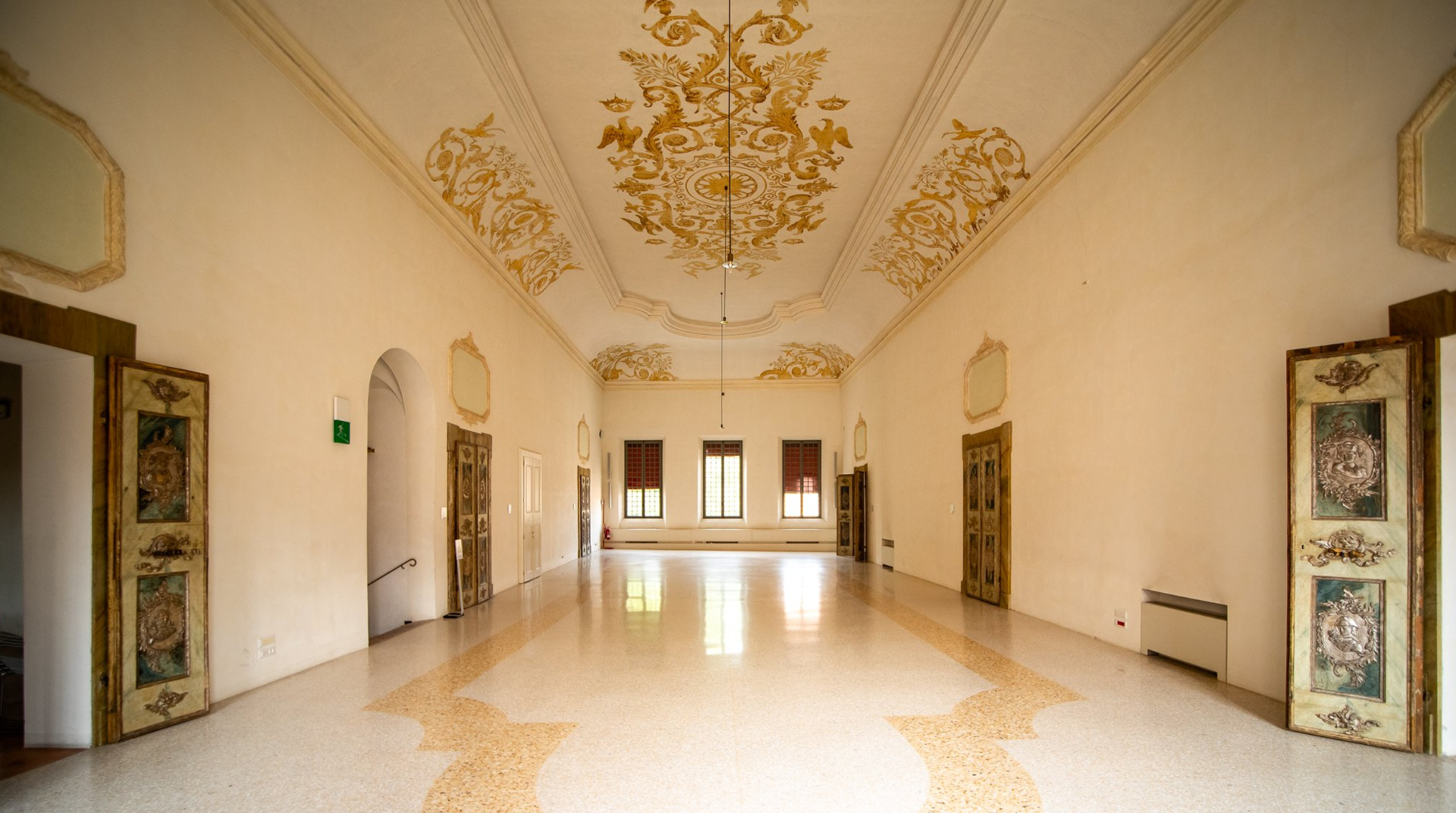

L’attività del Dipartimento di Architettura è caratterizzata dalla presenza di studentesse e studenti, docenti, ricercatrici e ricercatori, personale tecnico amministrativo, che lavorano in sinergia per realizzare un progetto culturale inclusivo, democratico e multidisciplinare, nella consapevolezza che le figure dell’architetto e del designer giocano un ruolo fondamentale per la società globale e per il soddisfacimento delle esigenze ambientali, economiche e socio-culturali della contemporaneità.
La costante integrazione tra i contenuti dei differenti ambiti disciplinari e il continuo aggiornamento dei programmi didattici e delle attività di ricerca e terza missione fanno del Dipartimento di Architettura un luogo di dibattito e di elaborazione culturale dove responsabilità, impegno e determinazione si traducono in un progetto che guarda con fiducia e ottimismo al futuro.